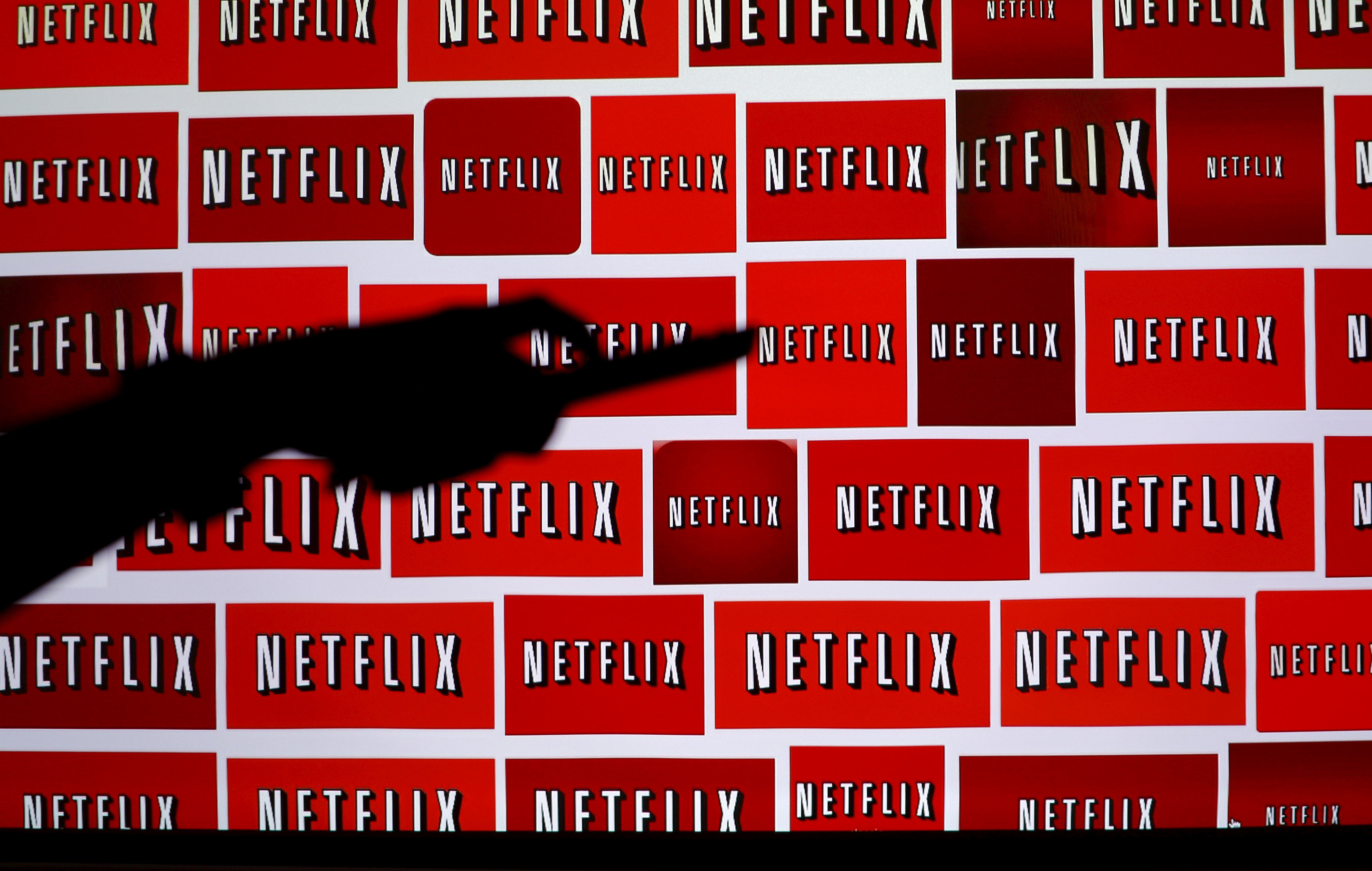This post was originally published on this site
https://i-invdn-com.akamaized.net/trkd-images/LYNXMPEG0K1XM_L.jpg
By Helen Coster and Neha Malara
(Reuters) – Netflix Inc (NASDAQ:) added more paying subscribers than Wall Street expected in the fourth quarter as it faced new competition from lower-cost services from Walt Disney (NYSE:) Co and Apple Inc (NASDAQ:) for the first time in the streaming video wars.
The streaming media leader said it added 8.76 million paid global subscribers in the fourth quarter, boosted by strong releases that included a new season of royal drama “The Crown” and two films nominated for Best Picture Oscars. It beat the 7.6 million average expectation of analysts, according to IBES data from Refinitiv – the same growth Netflix forecast for the quarter.
Netflix shares were flat in after-hours trading on Tuesday.
The Disney+ service launched in the United States and Canada on Nov. 12 for $7 per month and $13 a month for a bundle with ESPN+ and Hulu; it reached 10 million sign-ups on its first day. Apple TV+ launched Nov. 1 for $5 per month and is free for one year with the purchase of some Apple devices: its performance has been harder to define. AT&T-owner WarnerMedia’s HBO Max will cost $15 per month when it launches in May.
Netflix is available in over 190 countries; its standard U.S. plan costs $13 per month.
The company acknowledged that competitive pressure would have an impact on its U.S. business, where subscriber growth fell short of analyst estimates.
Netflix on Tuesday said it expects to add 7 million subscribers globally in the first quarter, below analysts’ average of 8.82 million, according to IBES data from Refinitiv.
“We have a big headstart in streaming and will work to build on that by focusing on the same thing we have focused on for the past 22 years – pleasing members. We believe if we do that well, Netflix will continue to prosper. As an example, in Q4, despite the big debut of Disney+ and the launch of Apple TV+, our viewing per membership grew both globally and in the US on a year over year basis, consistent with recent quarters,” the company wrote in a letter to investors.
Netflix has had an outsized impact on the pay TV landscape, changing the way that people consume TV and film and forcing media and tech companies to shift their business models. As streaming video has grown in the United States, the market has become more competitive, pushing Netflix to look overseas for growth.
As such, the company has invested heavily in non-English language content, and this quarter began releasing revenue and subscriber numbers by region for the first time. It added 1.75 million subscribers in Asia-Pacific, its fastest-growing region, while Latin America grew by 2.04 million subscribers in the quarter.
As rivals have pulled their content off of Netflix, the company has poured money into original TV series and films. It had a $15 billion cash budget for content last year and $12.43 billion in debt as of Sept. 30. “Friends” left Netflix in the United States this month and will run on HBO Max. “The Office” is leaving the service at the end of 2020 and will be available on Comcast-owned NBCUniversal’s forthcoming Peacock streaming platform next year.
The addition of new streaming platforms – taking more out of a household’s monthly entertainment budget – has also made it harder for Netflix to raise prices, as it did in the United States last year.
Free, advertising-supported services such as Peacock and ViacomCBS-owned Pluto TV may also limit Netflix’s pricing power, according to research from Citigroup (NYSE:).
Net income rose to $587 million, or $1.30 per share, in the fourth quarter from $134 million, or 30 cents per share, a year earlier.
Total revenue rose to $5.5 billion from $4.2 billion a year earlier. Analysts on average had expected $5.45 billion.
The streaming giant said it added 8.76 million paid subscribers globally compared with expectations of 7.63 million, according to IBES data from Refinitiv.

